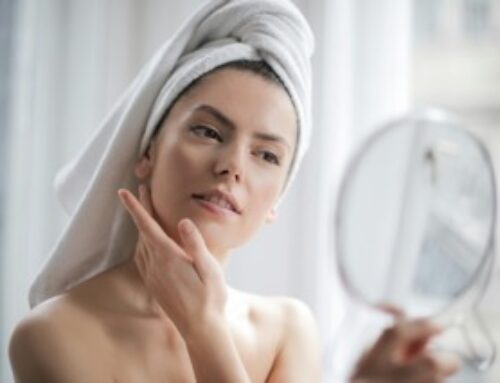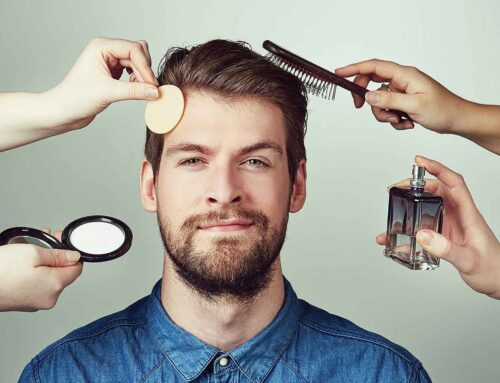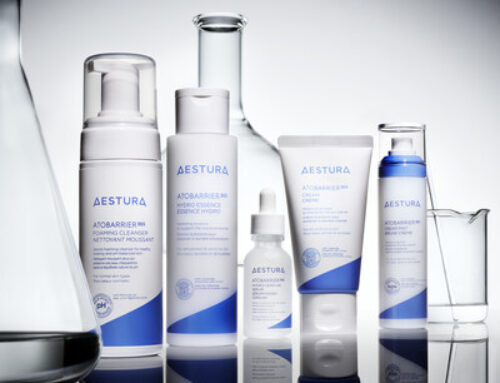In the world of skincare, trends come and go, but one that has captured global attention is the pursuit of “glass skin.” Originating from South Korea, this trend describes a complexion so smooth, luminous, and clear that it resembles flawless glass. It’s no surprise that the K-beauty trend has taken social media by storm, with influencers showcasing their radiant, seemingly poreless skin. But what’s the real story behind this skincare craze? Let’s explore the origins of glass skin, the science behind it, and clear up some of the myths surrounding it.
Where Did Glass Skin Come From?
Glass skin is deeply rooted in South Korea’s beauty standards, which have long prioritized clear, healthy-looking skin. This fascination with smooth, porcelain-like skin dates back centuries, where a flawless complexion was seen as a sign of purity and status. The modern-day version of this ideal began to gain traction in the early 2010s, thanks to the rise of K-pop, K-dramas, and well-known K-beauty brands like Laneige and COSRX. Social media platforms, particularly Instagram and TikTok, played a major role in turning glass skin into a global phenomenon. Influencers shared their detailed skincare routines, filled with hydrating toners, essences, serums, and sheet masks, promising the world that anyone could achieve the same glowing results.
The Reality of Glass Skin
While glass skin may appear effortless on your favorite influencer’s feed, the truth is more complex. Achieving this look requires a strong commitment to hydration and using products with ingredients like hyaluronic acid and snail mucin, which boost moisture and improve skin texture. However, the perfect, poreless complexion isn’t something everyone can achieve, no matter how dedicated they are.
Factors like genetics, skin type, and environment all influence how your skin responds to different products. For someone with dry or dehydrated skin, these hydrating products might work wonders, while those with oily or acne-prone skin could experience breakouts or irritation. The reality is that “glass skin” is not attainable for everyone, and that’s perfectly fine.
Debunking the Myths
One of the biggest myths surrounding glass skin is that anyone can achieve it with the right products. Unfortunately, many influencers and skincare brands don’t always tell the full story. What you see online is often enhanced by filters, lighting tricks, and even editing. The flawless skin seen on social media often isn’t real.
Another myth is that more steps lead to better results. While some Korean skincare routines do involve multiple steps, using too many products can overwhelm your skin, leading to irritation and breakouts. A simplified routine can often be just as effective, and sometimes even better, depending on your skin type and needs.
The Appeal of Glass Skin
What makes glass skin so appealing is its focus on healthy, radiant skin rather than heavy makeup. The goal is to let your natural complexion shine through by using products that nourish and protect the skin. This approach fits with the growing global movement toward more natural beauty and self-care practices.
Glass skin is an attractive concept, offering a vision of flawless, glowing skin that seems achievable with the right products. However, it’s important to approach the trend with a realistic mindset. Skincare is highly individual, and not everyone will be able to achieve that perfectly smooth, luminous look. The true goal should be healthy, well-cared-for skin that works for your unique complexion.
Sources:
- “Glass Skin: Debunking the Internet Myth” by Grace Kim. The Phillipian, phillipian.net
- “Promise of ‘Glass Skin’ Drives Surge in Sales of K-Beauty Products in the UK” by Zoe Wood. The Guardian, theguardian.com
- “Korean Beauty Standards and Skincare: The Secrets Behind the Glass Skin Trend.” The Korean in Me, thekoreaninme.com





